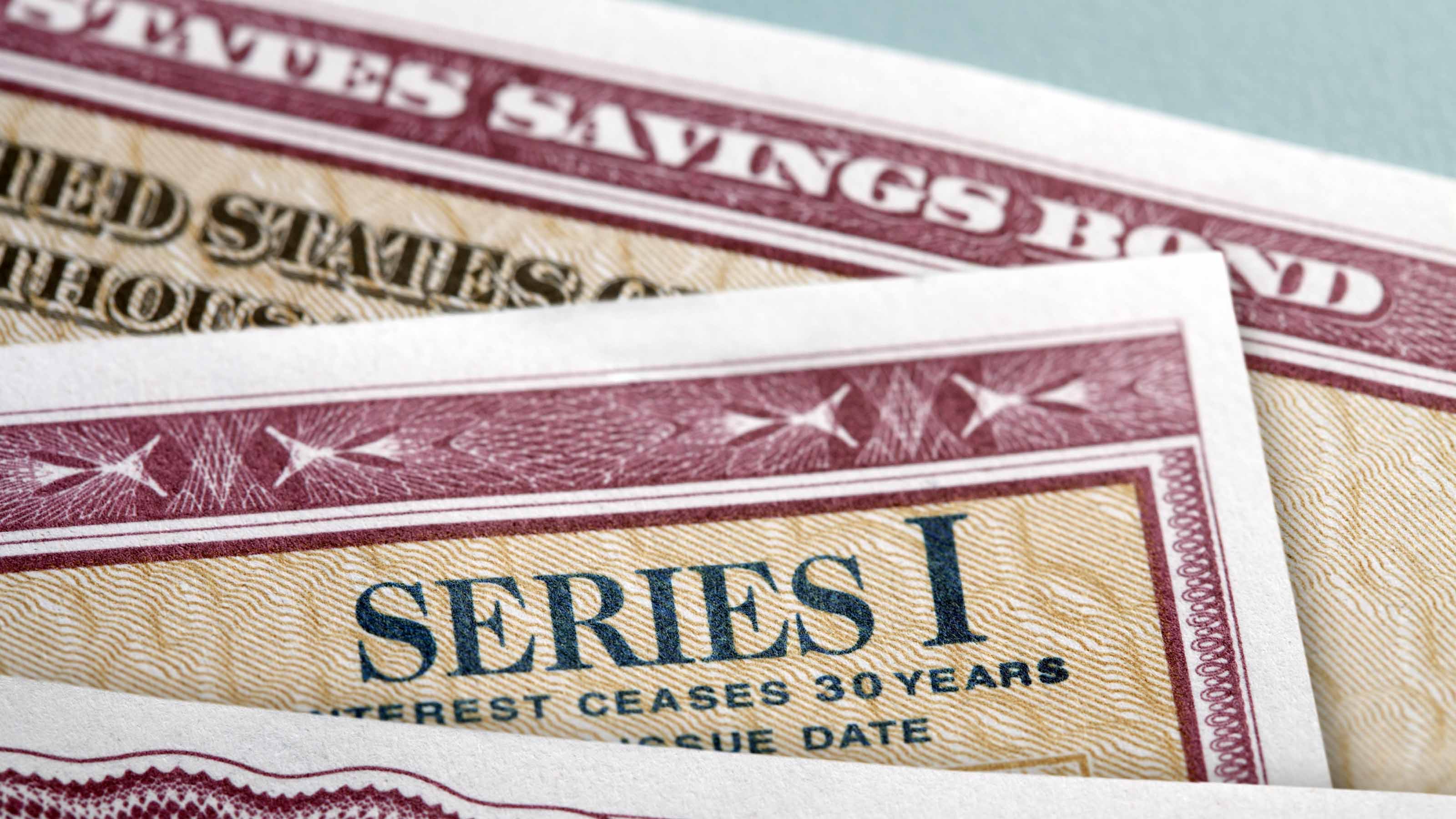Roth 401(k) Changes: What You Should Know for 2025
Key changes to Roth 401(k) account rules may affect your tax planning and retirement savings.


There are significant changes to Roth 401(k) account rules to be aware of this year. These changes, brought about by the SECURE 2.0 Act, are designed to enhance the benefits of Roth 401(k)s and provide more flexibility and tax advantages for retirement planning.
Here’s more of what you need to know.
Elimination of Roth 401(k) RMDs
One change as of last year is the elimination of required minimum distributions (RMDs) for designated Roth 401(k) accounts. (RMDs are the minimum amounts that must come out of given retirement plan accounts each year once the account holder reaches a certain age.)
From just $107.88 $24.99 for Kiplinger Personal Finance
Become a smarter, better informed investor. Subscribe from just $107.88 $24.99, plus get up to 4 Special Issues

Sign up for Kiplinger’s Free Newsletters
Profit and prosper with the best of expert advice on investing, taxes, retirement, personal finance and more - straight to your e-mail.
Profit and prosper with the best of expert advice - straight to your e-mail.
Previously, Roth 401(k)s were subject to the same RMD rules as traditional 401(k)s despite their tax-free withdrawals in retirement. This meant that account holders had to start withdrawing a certain amount from their Roth 401(k) annually, starting at age 73. To avoid required minimum distributions, some account holders rolled over their Roth 401(k) to a Roth IRA.
The SECURE 2.0 Act eliminates RMDs for qualified employer Roth plan accounts. So, owners of these Roth 401(k) accounts no longer have to take RMDs.
- This change aligns Roth 401(k)s more closely with Roth IRAs. Previously, the rules that applied to Roth 401(k) accounts in employer plans differed from those for Roth IRAs (i.e., the latter were not subject to required minimum distributions).
- Investors can now leave their funds in the Roth 401(k) to continue growing tax-free.
- The elimination of RMDs can help reduce your taxable income in retirement.
Employer match for a Roth 401(k)
A second change is related to employer-matching contributions. In the past, when employees contributed to a Roth 401(k), any employer-matching contributions were placed into a traditional 401(k) account.
Now, employers can generally deposit matching contributions directly into employees' Roth 401(k) accounts. The contributions grow tax-free and can be withdrawn tax-free. (This match option also applies to Roth contributions to a 403(b) or 457(b) plan account.)
However, there's a catch: These employer Roth 401(k) matching contributions will be taxed as income in the year they are made.
Some see this as a trade-off for future tax benefits during retirement, but if your employer matches Roth 401(k) contributions, you should plan for potential tax implications.
Note: Roth matching contributions are optional. Not all employers will adopt this.
Roth catch-up contributions
It’s also important to remember that another rule from SECURE 2.0 will eventually (in 2027) require high earners to make catch-up contributions on a Roth basis.
The rule, which the IRS delayed as Kiplinger reported, was initially supposed to go into effect in 2024.
- Making catch-up contributions on an after-tax Roth basis means paying taxes on your retirement savings during the years you usually earn more.
- When implemented, the SECURE 2.0 Roth catch-up contribution rule won’t apply to taxpayers making $144,999 or less in a tax year.
- If you are 50-59 and 64 or older, the catch-up contribution limit for 2025 is an additional $7,500 per year. For those 60-63, it's $11,250, due to new super catch-up contribution provisions.
For more information, see New SECURE 2.0 Super 401(k) Catch-Up Contribution for Ages 60-63.
Roth contribution limits 2025
Contributions to your 401(k) generally need to be made by Dec. 31 of each year.
As Kiplinger has reported, If you are younger than 50, the maximum amount you could contribute to a Roth 401(k) for the 2024 tax year was $23,000. For 2024 "catch-up" contributions, the maximum contribution was $30,500.
For 2025, the max contribution amount is $23,500, and a total of $31,000 with 2025 catch-up contributions for those 50-59 and 64+. If you're 60-63, that total is $34,750 (the $23,500 base limit plus the new $11,250 super catch-up).
For more information see Roth 401(k) Contribution Limits for 2025.
New Roth 401(k) rules: Bottom line
These Roth 401(k) changes and other retirement plan rule changes in the SECURE 2.0 Act are partly to encourage people to save for retirement.
Eliminating Roth 401(k) RMDs can provide greater flexibility and extended tax-free growth and lower your taxable income in retirement. Meanwhile, the option for employer matching contributions directly to Roth 401(k)s aligns treatment of contributions. That can help support a tax-free withdrawal strategy in retirement.
Review your retirement plans and discuss these and other options with a financial advisor or tax planner to maximize your benefits.
Related
Profit and prosper with the best of Kiplinger's advice on investing, taxes, retirement, personal finance and much more. Delivered daily. Enter your email in the box and click Sign Me Up.

Kelley R. Taylor is the senior tax editor at Kiplinger.com, where she breaks down federal and state tax rules and news to help readers navigate their finances with confidence. A corporate attorney and business journalist with more than 20 years of experience, Kelley has covered issues ranging from partnerships, carried interest, compensation and benefits, and tax‑exempt organizations to RMDs, capital gains taxes, and income tax brackets. Her award‑winning work has been featured in numerous national and specialty publications.
-
 I'm want to give my 3 grandkids $5K each for Christmas.
I'm want to give my 3 grandkids $5K each for Christmas.You're comfortably retired and want to give your grandkids a big Christmas check, but their parents are worried they might spend it all. We ask the pros for help.
-
 If You're Not Doing Roth Conversions, You Need to Read This
If You're Not Doing Roth Conversions, You Need to Read ThisRoth conversions and other Roth strategies can be complex, but don't dismiss these tax planning tools outright. They could really work for you and your heirs.
-
 Could Traditional Retirement Expectations Be Killing Us?
Could Traditional Retirement Expectations Be Killing Us?A retirement psychologist makes the case: A fulfilling retirement begins with a blueprint for living, rather than simply the accumulation of a large nest egg.
-
 5 Types of Gifts the IRS Won’t Tax: Even If They’re Big
5 Types of Gifts the IRS Won’t Tax: Even If They’re BigGift Tax Several categories of gifts don’t count toward annual gift tax limits. Here's what you need to know.
-
 The 'Scrooge' Strategy: How to Turn Your Old Junk Into a Tax Deduction
The 'Scrooge' Strategy: How to Turn Your Old Junk Into a Tax DeductionTax Deductions We break down the IRS rules for non-cash charitable contributions. Plus, here's a handy checklist before you donate to charity this year.
-
 Are You Middle-Class? Here's the Most Tax-Friendly State for Your Family
Are You Middle-Class? Here's the Most Tax-Friendly State for Your FamilyTax Tips We found the state with no income tax, low property tax bills and exemptions on groceries and medicine.
-
 Social Security Benefits Quiz : Do You Know the IRS Tax Rules?
Social Security Benefits Quiz : Do You Know the IRS Tax Rules?Quiz Social Security benefits often come with confusing IRS tax rules that can trip up financially savvy retirees and near-retirees.
-
 How Are I Bonds Taxed? 8 Common Situations to Know
How Are I Bonds Taxed? 8 Common Situations to KnowBonds Series I U.S. savings bonds are a popular investment, but the federal income tax consequences are anything but straightforward.
-
 Capital Gains Tax Quiz: How Well Do You Really Know IRS Investment Tax Rules?
Capital Gains Tax Quiz: How Well Do You Really Know IRS Investment Tax Rules?Quiz Take our capital gains tax quiz to test your investment taxes knowledge. Learn about loss rules, holding periods, and tax incentives that could impact your savings.
-
 6 Tax Reasons to Convert Your IRA to a Roth (and When You Shouldn't)
6 Tax Reasons to Convert Your IRA to a Roth (and When You Shouldn't)Retirement Taxes Here’s how converting your traditional retirement account to a Roth IRA can boost your nest egg — but avoid these costly scenarios.
-
 Could Tax Savings Make a 50-Year Mortgage Worth It?
Could Tax Savings Make a 50-Year Mortgage Worth It?Buying a Home The 50-year mortgage proposal by Trump aims to address the housing affordability crisis with lower monthly mortgage payments. But what does that mean for your taxes?